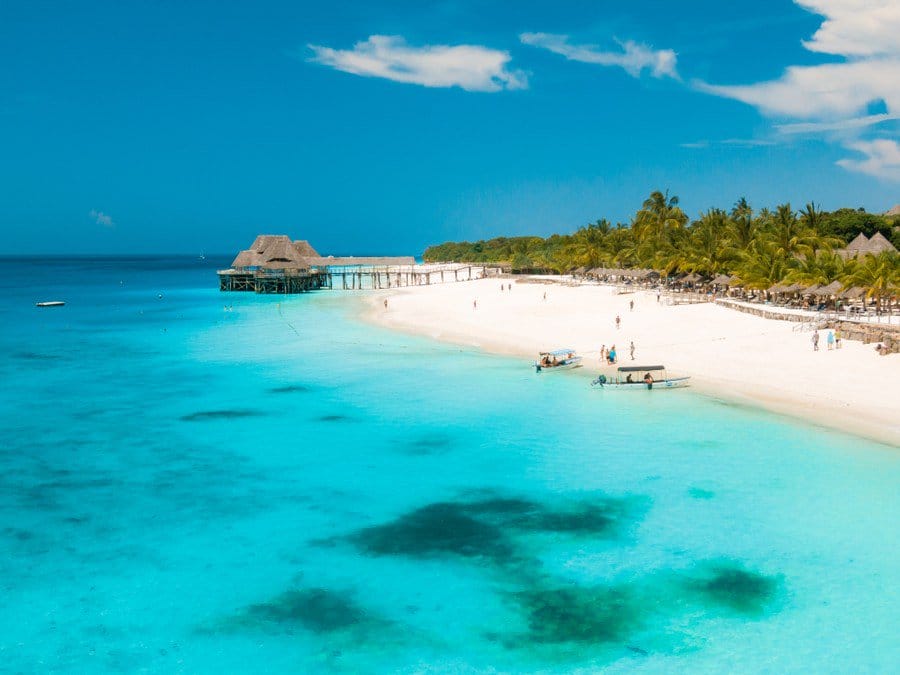
Zanzibar…the name conjures up images of turquoise waters and endless palm-fringed beaches. In recent years, it has become an attractive alternative to other island destinations, especially to South Africans, due to its relative proximity and affordability.
An archipelago off the East coast of Tanzania, Zanzibar is made up of several islands of which the two largest are Unguja and Pemba. The island paradise is known for its stunning beaches and clear blue waters but there is much more to do there.
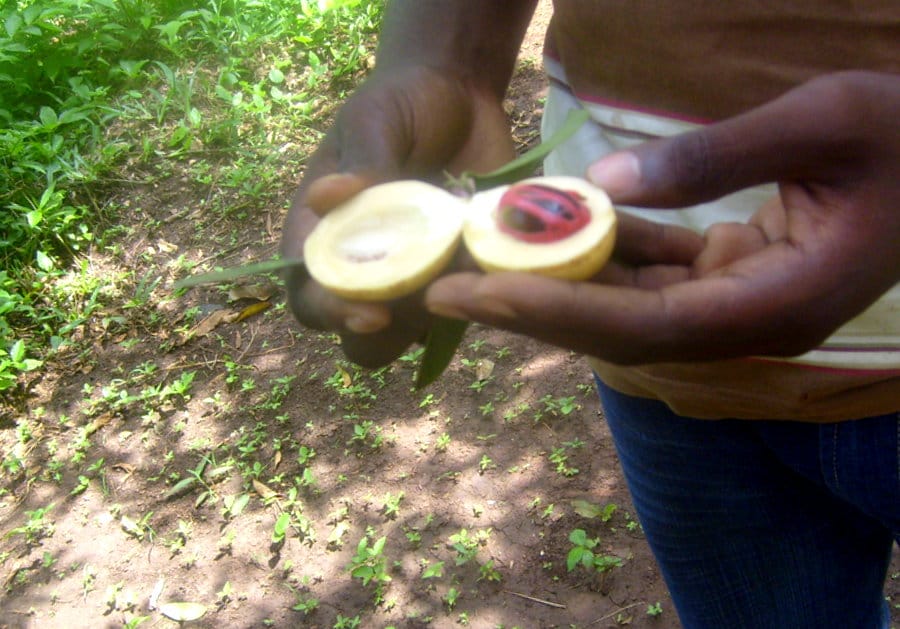
Spice Farm Tour
Zanzibar is famous for its spices, and a visit to a spice farm is a must-do for any visitor. You'll learn all about how cloves, nutmeg, vanilla and more are grown and harvested, and get to sample some of the delicious spices too. Some tours include a lunch at a local home. We did this and it was a unique experience.
Stone Town is the historical center of Zanzibar and a UNESCO World Heritage Centre, and wandering its winding streets is like stepping back in time. The winding cobblestone alleys are lined with antique nineteenth-century residences and mosques, denoted by intricately carved doors and balconies.
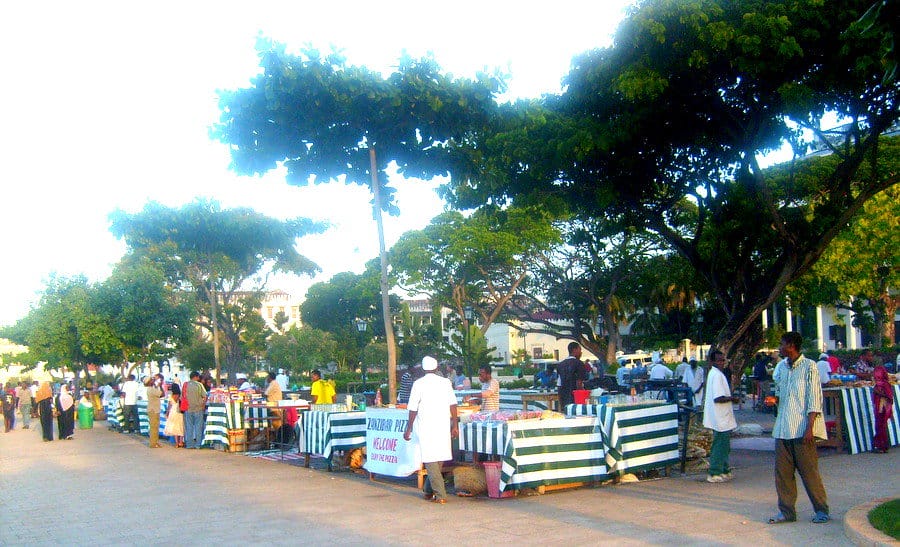
Forodhani Night Market
Forodhani Gardens is one of the most popular attractions in Stone Town. This public space provides stunning views of Zanzibar harbour and is a great spot for people watching, especially in the evenings when the bustling night market takes place. Visitors can enjoy traditional street food for dinner such as kebabs, samosas and other seafood dishes at low prices.
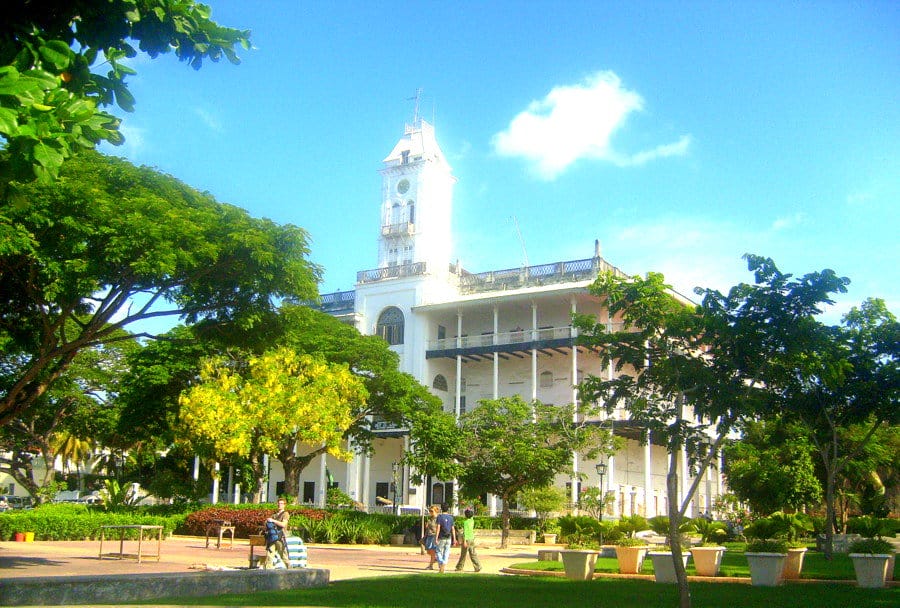
House of Wonders
The House of Wonders is another key attraction in Stone Town. Situated on the seafront, it was built in 1883 by Sultan Barghash bin Said as a ceremonial palace. Now a museum, it was so named because it was the first place in Zanzibar to have electricity and an elevator. The shortest war in history, exactly 45 minutes long, also took place here.
The Old Dispensary is another must-see for travellers visiting Stone Town. Built in the 19th century, it was originally used as a hospital for locals and foreigners alike. There are exhibits with information about Zanzibar’s history inside.
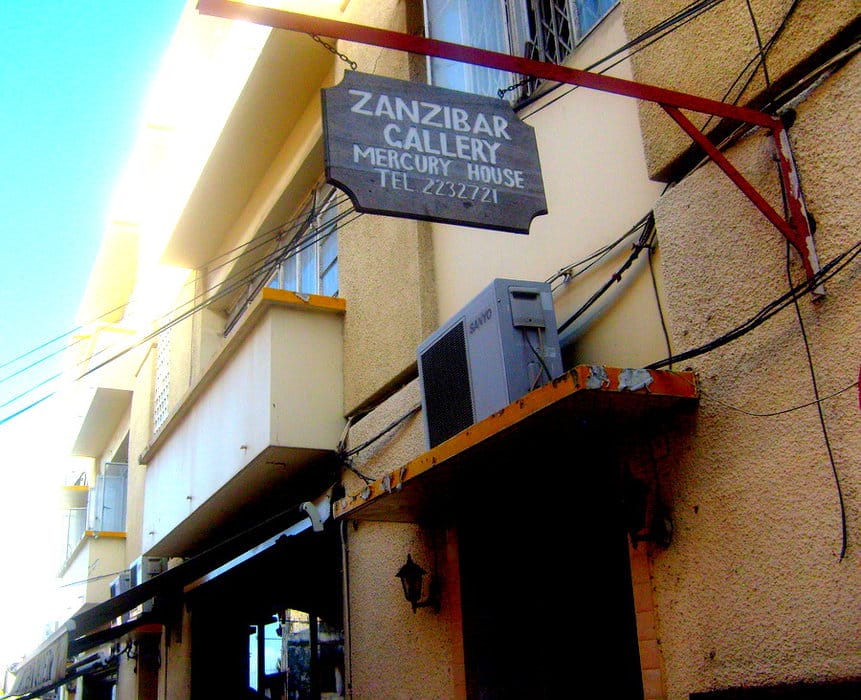
Freddie Mercury House
The Freddie Mercury Museum is located in the house where he stayed with his family before they moved to England. It pays tribute to the life and legacy of Freddie Mercury, one of the greatest rock singers of all time. The museum takes visitors on a journey through his childhood in Zanzibar, his rise to international fame, and his impact on music.
Visitors can browse through a collection of photographs and artifacts, listen to some of his most famous songs, and learn about his inspirations, work, and struggles. The museum also showcases Freddie's charity work in Africa and how he made a difference in the lives of those who were less fortunate.
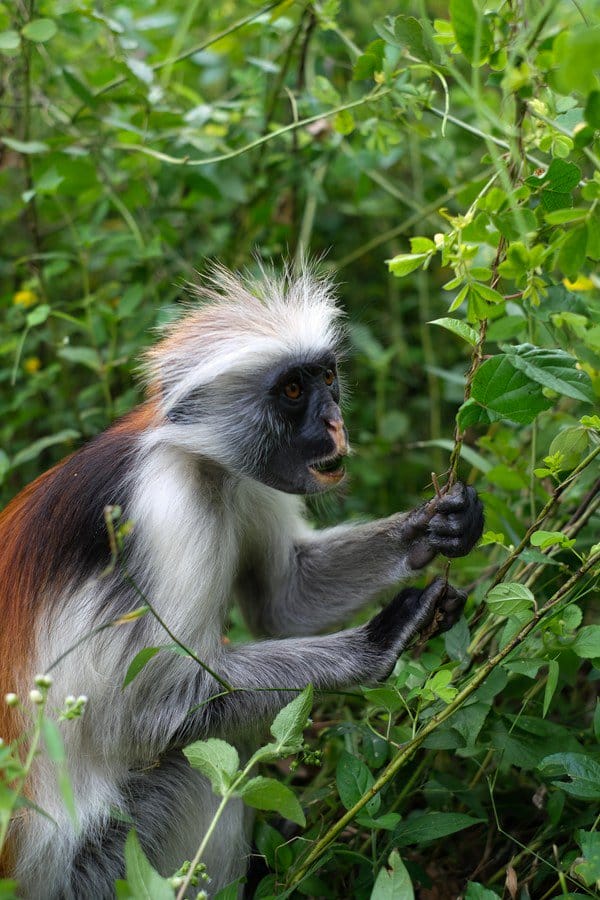
Jozani Forest (By Bryony Elena via Unsplash)
Jozani Forest is home to Zanzibar's rare red colobus monkeys, as well as a variety of other animals and plant species. It's a great place for a nature hike, and you might even spot some monkeys if you're lucky!
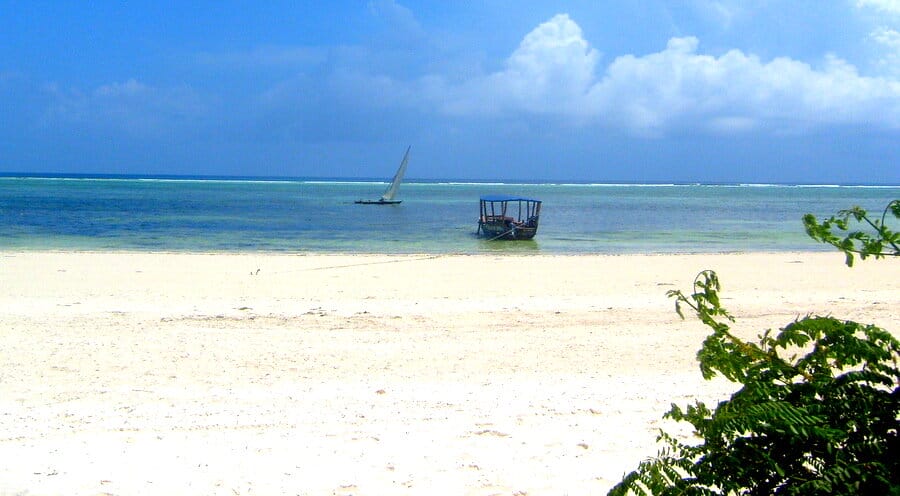
Beaches in Zanzibar
Beaches are Zanzibar's main attraction, and the island boasts some of the best beaches in East Africa. Most are found on the east coast, where the coral reef protects against strong currents and creates a sheltered lagoon. The white sand beaches and turquoise waters are simply gorgeous, and there's a beach to suit every taste. Some beaches are lively with lots of activities, while others are blissfully quiet.
Nungwi Beach is one of Zanzibar's most popular beaches, and it's easy to see why - with its soft white sand and clear turquoise waters.
Go snorkeling or diving: The waters around Zanzibar are teeming with marine life, making it a great place for snorkeling or diving. There are many dive schools located around the island where you can sign up for lessons or tours.
Changuu, otherwise known as Prison Island, is a small island off the coast of Zanzibar. It was once used to keep slaves in transit, and later intended as a prison – which never materialised. Changuu has since become a popular tourist spot for snorkelling, swimming and sunbathing.
Changuu is also home to some giant tortoises, which were gifted to the island by the Governor of the Seychelles. They are now among the oldest living tortoises in the world, and some are said to be almost 200 years old.
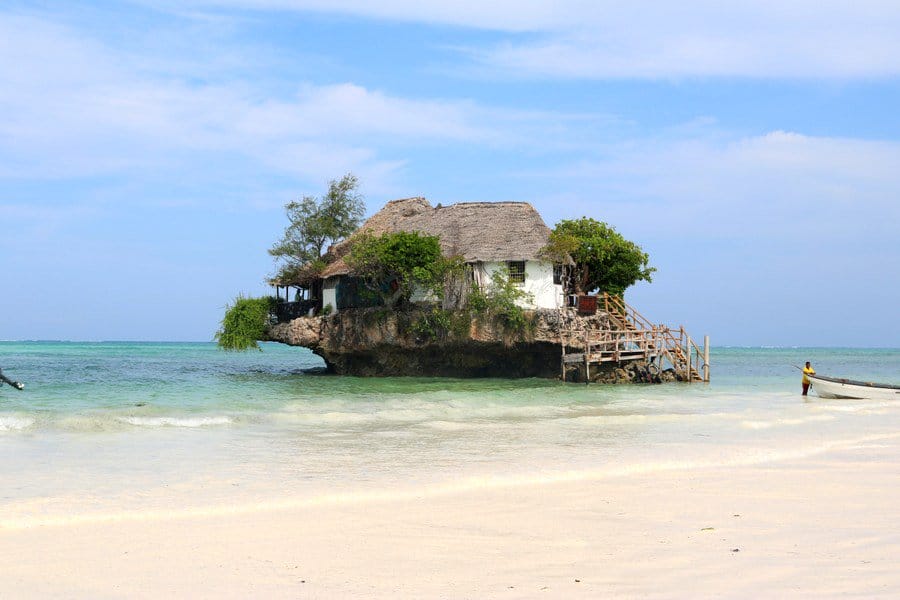
The Rock restaurant (By Danae Tsoutreli via Unsplash)
The Rock Restaurant is a unique dining experience. Located on a rock in the sea, it offers diners stunning views of the Indian Ocean while they savouring some of the best cuisine the island has to offer. You can walk into the restaurant at low tide but during high tide, you will have to use their canoe service.
The climate in Zanzibar is tropical, so it’s generally warm and humid. The rainy season is from April to May and November to December. June to October is the cooler, dry season and the most popular time to visit.
There are direct flights from a number of international airports. You can also reach Zanzibar by plane or ferry from Dar es Salaam, which is the capital of Tanzania. There are many flights every day from Dar es Salaam to Zanzibar International Airport. The flight time is about 30 minutes.
There are also ferries available that make the 2-hour journey between Dar es Salaam and Zanzibar. These depart several times per day. You can buy tickets at the port in Dar es Salaam or online.
There are many different areas to stay in Zanzibar, each with their own unique atmosphere. It depends on whether you’re looking for a bustling city center or a quiet beach area.
Stone Town is the historical center of Zanzibar, and it’s where you’ll find many of the best restaurants, shops, and tourist attractions. There are plenty of hotels and guesthouses to choose from in Stone Town, so finding accommodation should be easy. If you want to be in the heart of the action, then this is the place to stay. However, it’s more of a working harbour than a beach destination, so it’s better for sightseeing than swimming or sunbathing.
On the North Coast, the beaches of Nungwi and Kendwa are among Zanzibar’s most popular. They’re known for their soft white sand, turquoise waters, and the rare advantage of being swimmable all day, even at low tide. This area has a vibrant atmosphere with plenty of resorts, restaurants, and bars, as well as stunning sunsets. The downside is that it can get busy and more expensive, with a distinctly touristy feel.
The East Coast, which includes Paje, Matemwe, and Pongwe, offers a more relaxed vibe. It’s perfect for those seeking tranquillity and local charm. Paje, in particular, is famous for kitesurfing, while Matemwe and Pongwe are known for their peaceful beaches and boutique lodges. The main drawback is the tidal range—during low tide, the water can retreat far out, making swimming tricky at certain times of day.
Further south, the Southeast Coast areas of Jambiani, Bwejuu, and Michamvi are ideal for couples and travellers seeking a serene, intimate experience. This region has beautiful beaches, eco-lodges, and an authentic coastal atmosphere. It’s less developed and more traditional, meaning nightlife and dining options are limited, and the tides can also affect beach access.
Finally, Kizimkazi, on the southern tip of the island, is a quiet fishing village known for dolphin watching and striking sunsets. It’s a great choice for those who prefer remote, off-the-beaten-path stays with an authentic local touch. However, it’s farther from the airport and has fewer luxury accommodations, with some beaches affected by the tides.
Find accommodation in Zanzibar.
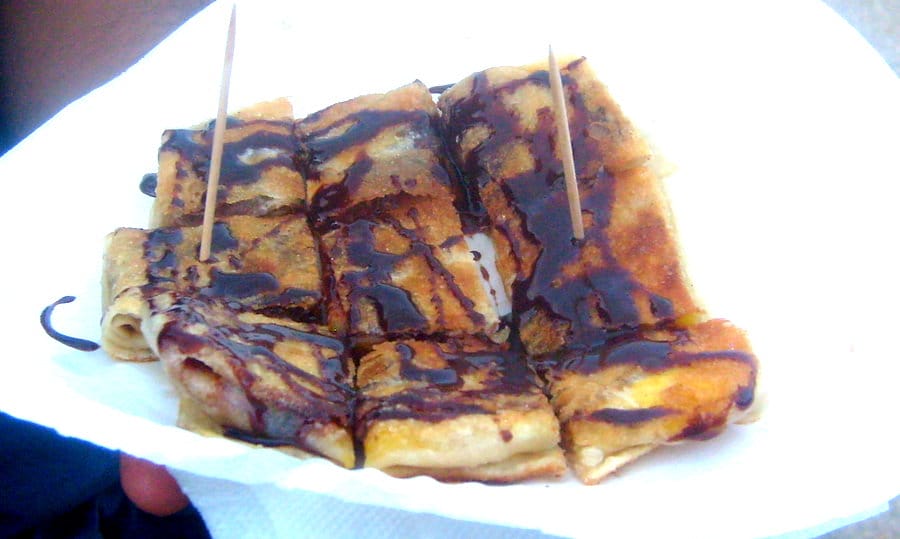
Chocolate and banana pizza
Zanzibar is a food lover’s paradise, with a huge variety of fresh seafood caught right off the coast to delicious spices and tropical fruits grown on the island, to choose from. The island’s Indian and Arabic influences are evident in its cuisine, which is often served with rice or chapati (a type of flatbread). Popular dishes include curries, pilau (a rice dish cooked with meats and spices), and Zanzibari pizzas.
There are also plenty of snacks to enjoy, such as Mkate Wa Ufuta (Zanzibari Sesame Flatbread), kashata (a type of brittle made with coconut and peanuts), and mandazi (Swahili doughnuts).
Street food is widely available and includes specialties such as Mishkaki (kebabs – made of meat, fish or octopus), Urojo soup and kachori.
Be sure to pack comfortable walking shoes and sunscreen, as you’ll want to spend plenty of time exploring the narrow streets of Stone Town.
Also pack light summer clothes, as well as mosquito repellent and sunscreen. If you’re planning on spending time on the beach, don’t forget to pack your swimming attire!
Read about our two days in Zanzibar.
Find accommodation in Zanzibar.
Have you been there? What are your favourite things to do in Zanzibar ?
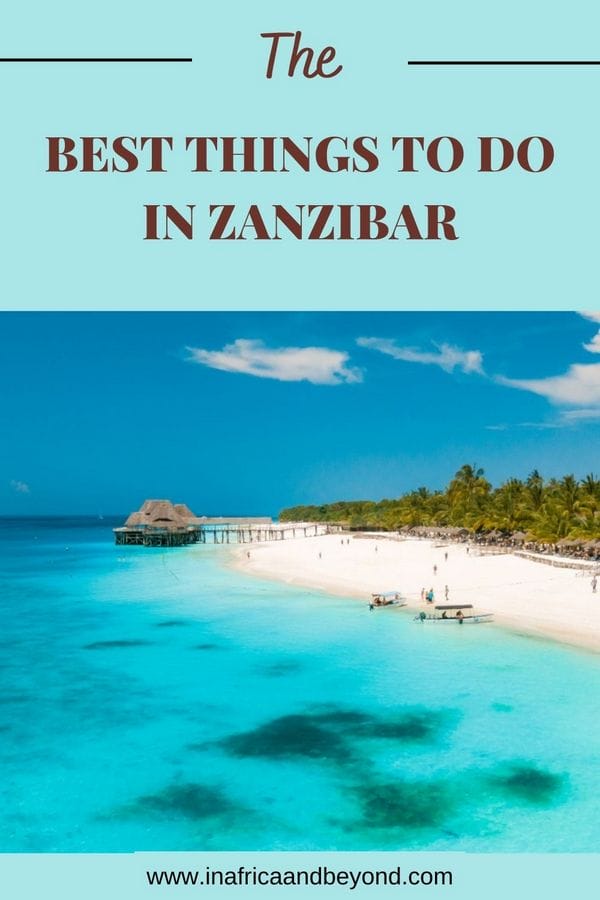

Sara Essop is a travel blogger and writer based in South Africa. She writes about family travel and experiences around the world. Although she has been to 50 countries thus far, she especially loves showcasing her beautiful country and is a certified South Africa Specialist.
I was in Zanzibar this April and it was epic! The rock restaurant was my fav hang-out spot. I have to go back again this time a favorable season. Lovely article.
omg the rock restaurant looks SO DOPE!!! I didn't even know it existed! I'd go just for that honestly haha
Your list of things to do in Zanzibar is quite interesting. I'd love to take a spice farm tour. I did not know Freddie Mercury had lived here.